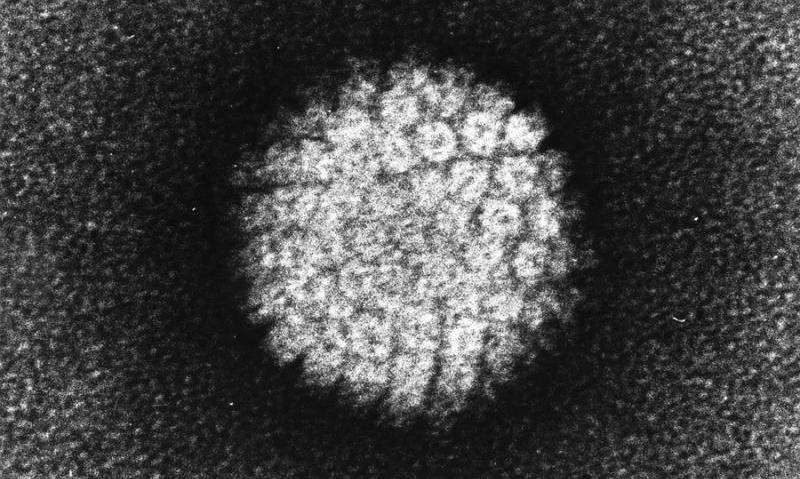
New research presented today at the EADV 30th Congress reveals a link between genital warts and the human leukocyte antigen (HLA) system—the part of the immune system which helps regulate immune responses. The findings suggest that genetic variants in the HLA system influence the risk of genital warts.
Condyloma acuminata, commonly known as genital warts, are a manifestation of human papillomavirus (HPV), presenting as soft fleshy growths that develop around the genitals or anus. HPV is the most widespread and common sexually transmitted disease worldwide, with more than 80% of sexually active women and men expected to acquire at least one HPV infection by the age of 45 years—though most of these are normally short-lived infections without any clinical impact.
The HLA system is part of the genetic region which holds genes essential for normal functioning of immune response, helping to distinguish between ‘foreign items’ called antigens (which cause the body to make an immune response) and the body’s own cells. All humans have genetic diversity in their HLA which means that responses to certain diseases are varied.
When studying the association, researchers identified 12 protective gene variations (odds ratios (OR) 0.4–0.8) and seven risk alleles (OR 1.1–1.3) in their patient cohort. Individuals with risk alleles were less successful at recognizing the HPV virus and therefore more likely to present with genital warts—conversely, participants with protective alleles had better immune responses and were more effective at recognizing HPV, limiting the likelihood of presenting with condylomas.
“Condylomas is one of the most prevalent of all sexually transmitted diseases, but its association with the HLA system is poorly understood,” explains Dr. Pernille Lindsø Andersen, Ph.D. Fellow, Department of Clinical Immunology and Department of Dermatology at Zealand University Hospital in Denmark. “Our research identifies key immunologic features that prove there is a link between the immune system and condylomas.”
A cohort of 65,791 blood donors were examined, with 4,199 participants considered as condyloma acuminata cases and the remaining 61,592 participants used as a control group. Cases were defined as those registered with a minimum of one redeemed prescription of medication for condyloma acuminata or had a diagnosis of condyloma acuminata. Genetic information (HLA types) and its association with being a case or control was assessed in all participants.
Additional research is needed to determine whether protective alleles (HLA types) can recognize specific proteins made by HPV.
Source: Read Full Article
